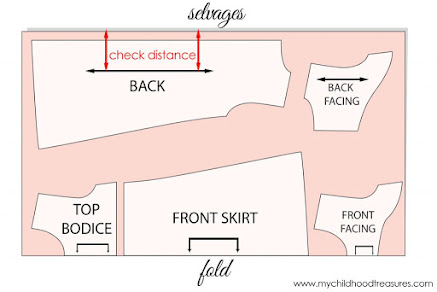THE ART OF DRAPING draping fashion technique by #saramiraazkhan FASHION DESIGNER ,TRIBAL ARTIST
https://twitter.com/MiraazKhan/status/1351206271668670470?s=20
Fashion draping is the oldest method used since the 18th century. Currently, it is considered to be an important part in fashion designing. Fashion Draping is the process of positioning and pinning fabric on a standard size dress form to develop the structure of a garment design. Many types and sizes of dress forms for women, men and children are made to fulfill the requirement.
Introduction:
Fashion
draping is the oldest method used since the 18th century.
Currently, it is considered to be an important part in fashion designing.
Fashion Draping is the process of positioning and pinning fabric on a standard
size dress form to develop the structure of a garment design. Many types and
sizes of dress forms for women, men and children are made to fulfill the
requirement.
A dress
can be draped using a design sketch as a basis, or a fashion designer can play
with the way fabric falls to create new designs at the start of the dress
design process. After draping, the toile fabric is removed from the dress form
which was used to create the sewing draped pattern for making fashionable dress
to suit an individual. In U.S.A. designers use very light weight fabrics, which
is called as 'toile', and U.K. designers call it as 'muslin' cloth.
The
techniques for draping fabric require the knowledge of the fabric's
characteristics. Designers/drapers must have the knowledge to distinguish among
different fabrics which will enable them to select the most appropriate fabric
for flow and line of each design. Designers must devote time to collect
swatches while shopping and catalogue them by width content. In this way a
personal reference library can also be created and developed.
Fabrics
used for draping:
Fabrics
and clothes must relate to our lifestyles and our active lifestyles are made of
many different fabrics such as stretchy knitted fabrics, chiffon, georgette,
organza, sheer cottons, voile, and light weight silk fabrics are most suitable
for fashion draping purpose. Drape ability plays an important role in making
sophisticated draped garments. Mostly, very light weight to medium weight
fabric is suitable for draped garments.
Garments
made of woven goods are usually draped in muslin or an inexpensive fabric where
the grain and cross grain are quite visible .The quality and hand of the muslin
should represent the texture and characteristics of the actual fabric used for
the garment design. Soft muslin will simulate the draping quality of natural or
synthetic silk, and knitted cloth.
Medium-weight muslin will simulate the draping quality of wool and
medium-weight cottons. Coarse muslin will simulate the draping quality of heavy
weight wool and cottons. Also, canvas muslin will simulate the draping
qualities of heavy weight fabrics such as denim or imitation fur.
Consider the large collection of fabrics available before beginning any
draping steps. The fabric selected for a garment drape greatly influences the
finished look. Analyze and understand the structure and characteristics of the
fabric to create the proper ease, hand feel and balance of the garment or
pattern drape. Approach each design with a positive attitude and a clear
fashion sense.
Garments
made of knitted fabrics should be draped in less expensive knit fabric.
However, the sample knit should have the same stretch value as in the fabric
selected for the finished garment. The right side of the front dress form is
used to drape the front basic pattern or garment. This procedure may vary,
however, this is the standard rule when fitting and draping any type of
garment. In simple words, draping technique means the way a fabric hangs in a
dress form as well as on the human body.
Tools
&Equipment used for Draping:
Dress
form with sizes like US8, US10, US12 can be chosen according to the
requirement. Draped-cloth, scissors, arm hole curve, graduated-square, pins,
marking-chalk, pencils, sharpeners, notches, French-curves, foot-ruler, grade-ruler,
dark colored twill tape, measuring tape, hip curve, sleeve curve are the tools
required.
Draping
pattern making
The
method of fashion draping includes stitching the garment by the use of loosely
hanging material to create of flowing effect. Sometimes, basic sloper patterns
(master-patterns) are also used to create draped and stylized garments. Even
sleeves are constructed with the help of the sloper.
Draped
pattern making, is the link between design and production of a specified dress.
Designers sketch that turns into a three-dimensional functional garment.
Draping process is a way of interpreting the design regardless of the style,
size and shape .The fabric is manipulated, molded, and shaped through the
skillful use of the draper/designer's hand, until the design is replicated in
three-dimensional form.
Draping does not rely on the aid of a pattern to create designs, although a draper may choose to incorporate parts of an existing pattern in the preparation of the muslin to assist in the drape. It is true that those using the flat pattern making method may incorporate some aspects of draping in creating specific designs. This does not minimize the value of either pattern making method, but it does enhance the pattern marker's



Comments
Post a Comment